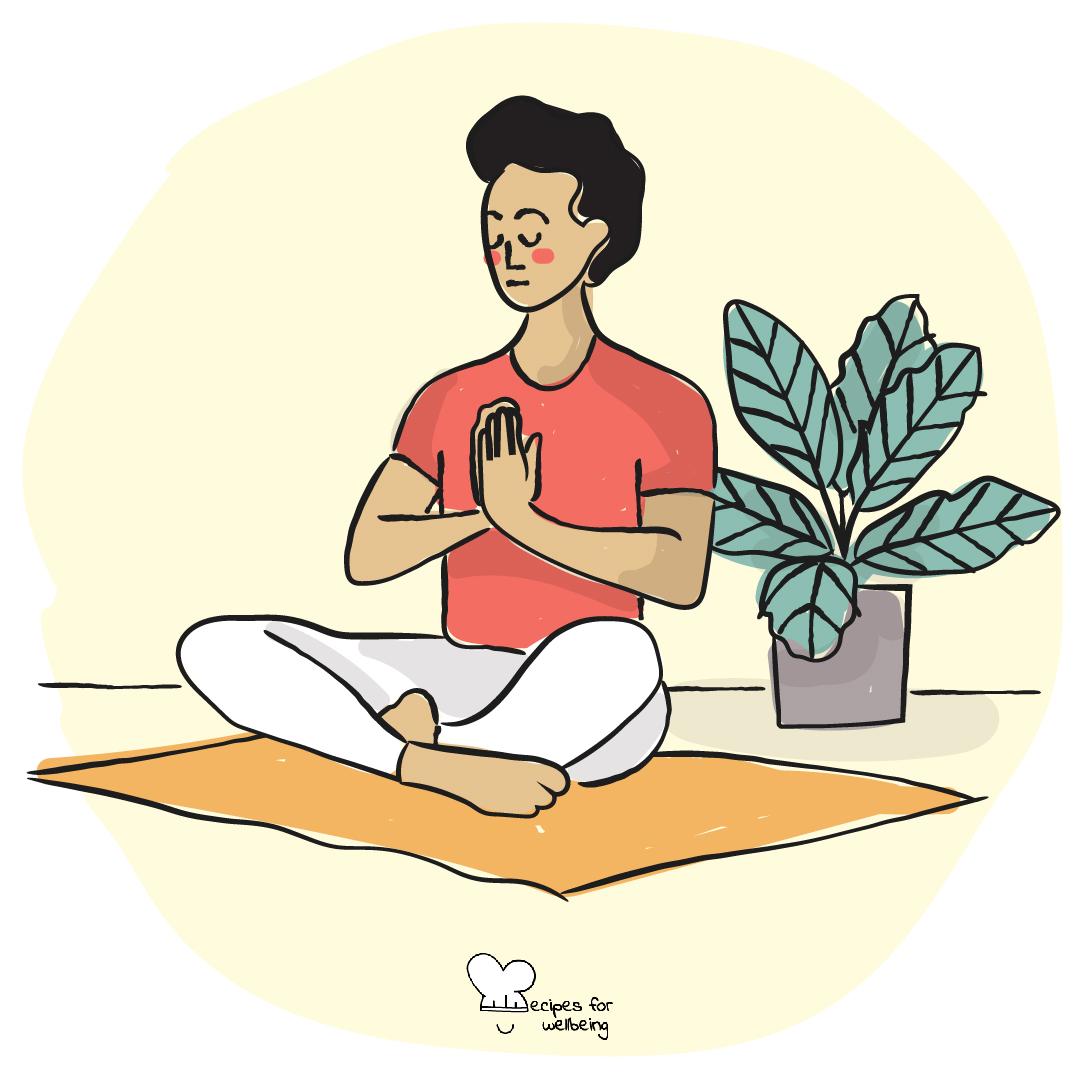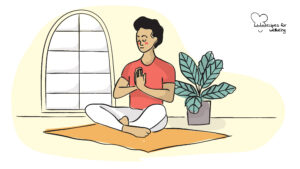
Transforming Pain into Compassion

Transforming Pain into Compassion
Make a mental list of the 10 people you interact the most with these days (e.g. family members, friends, colleagues, etc.) and tell me: how has each of them been responding to the COVID-19 pandemic? How does their response compare to yours? Don’t worry, it’s not a competition and there is no prize at the end, but did you notice how most probably, each of them responded in a different way, even if slightly so? I often wonder why some people handle adversity better than others and manage to thrive despite their negative life experiences, whilst others languish. In the previous blog post, How to create resilient teams, we explored the concept of resilience as the psychological ability to manage stress and bounce back from setbacks.
In The Power of Meaning: Finding Fulfillment in a World Obsessed with Happiness, author Emily Esfahani Smith mentions Steven Southwick and Dennis Charney who observed how “resilient people not only bounced back, but some actually grew”. They also identified ten characteristics that distinguish resilient people from others, and among those you find purpose and meaning (for more on these, read my previous blog posts for Meaningful May Aligning inner and outer purpose and Transcending beyond immediate concerns), social support (you may wish to go back to my previous blog posts for Friendly February Wired for connection and belonging and Defying workplace incivility), and a moral compass tied to altruism.
How does altruism increase your resilience and how is it connected to your happiness? Buddhist monk Matthieu Ricard highlights that there is a “correlation between altruism and happiness, determining that those who believe themselves to be the happiest are also the most altruistic” (The art of happiness, Matthieu Ricard). Basically, when you are happy, the feeling of self-importance is diminished and you are more open to others. However, it is also important to note that there are several circles of empathy and compassion so you might be more inclined to come to the assistance of a loved one, a friend, or someone you have something in common with, than a stranger to whom you feel no particular connection. The challenge for you is to expand your circle of compassion to include all beings, so you can develop a sense of what His Holiness the Dalai Lama calls “universal responsibility”.
The happiest man is he who has no trace of malice in his soul. (Plato)
Can altruism be really self-less or is there always a hint of selfishness in it? Psychologist Daniel Batson distinguishes between two types of altruism: true and false altruism. “Genuine altruism is motivated by no other reason than to do good for others” whereas false altruism focuses on reducing your own distress in the face of other people’s suffering (The art of happiness, Matthieu Ricard). How can you learn to process your own emotional tension to remain present to other people’s suffering and practice genuine altruism?
In The Book of Joy, His Holiness the Dalai Lama and Archbishop Desmond Tutu introduce the practice of tonglen – sending and receiving – which allows you “to be present and helpful to others when they are suffering, facing adversity, or confronting illness.” The following recipe “Dealing with others’ suffering” has been adapted from When Things Fall Apart – Heart Advice for Difficult Times by Tibetan Buddhist nun Pema Chödrön, who explains that tonglen “is a practice of taking in pain and sending out pleasure.” It has numerous benefits:
- It reduces your own suffering because it frees you from your focusing only on your “self-concern”;
- It allows you to become an oasis of peace and healing; and
- It enables you to feel less burdened whilst at the same time loving without conditions.
Tonglen is not easy but with practice, patience, and compassion, it will help you move towards painful situations and become intimate with them so you can open your heart fully and experience true joy and happiness.
You can access the full guidelines here. The next blog post will introduce a peer-coaching practice to support your team in getting “unstuck” and move forward.This blog post was originally written by Greta Rossi for tbd* – click here to view the original post.

